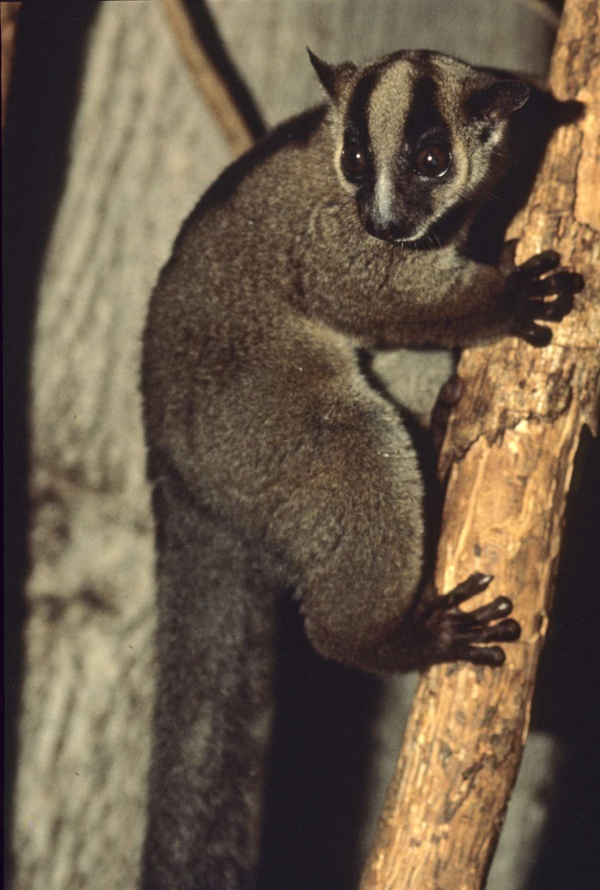Facts About Fork-marked lemur
Fork-marked lemurs, also known as fork-crowned lemurs, are intriguing strepsirrhine primates native to Madagascar. These distinctive creatures belong to the genus Phaner and are easily identifiable by the two characteristic black stripes that extend from their eyes to the back, converging at the top of their heads. Initially classified under the genus Lemur in 1839, they were reassigned to various genera before John Edward Gray established their own genus in 1870. For a long time, only one species was recognized, but in 2001, three subspecies were elevated to full species status. Researchers continue to explore, and new species may still be discovered, particularly in northeast Madagascar.
These lemurs are some of the larger members of the Cheirogaleidae family, typically weighing around 350 grams or more. They are nocturnal, spending their days resting in tree holes or nests. Within the realm of fork-marked lemurs, monogamy is the norm, with females usually taking the lead. Their diet primarily consists of tree gum and other exudates, with small arthropods providing supplementary protein. Unfortunately, habitat destruction has significantly impacted their populations. Three of the four recognized species are endangered, while the fourth is classified as vulnerable. Fortunately, they are protected from commercial trade under CITES Appendix I.
The journey to classifying these lemurs has been quite a saga. The genus Phaner was officially established in 1870, and over time, new species were identified based on differences in color, size, and body proportions. Ongoing research suggests the potential for discovering even more species. Interestingly, the name Phaner has some quirky associations with characters from British comedy.
Fork-marked lemurs are noted for their distinct calls and territorial behavior. They form monogamous pairs and have specialized diets focused on tree gums and sap. Their natural predators include owls, snakes, and diurnal raptors. Conservation efforts are ongoing to protect these lemurs, with population densities varying across their habitats. These primates have been protected under various conservation agreements since the late 20th century.
